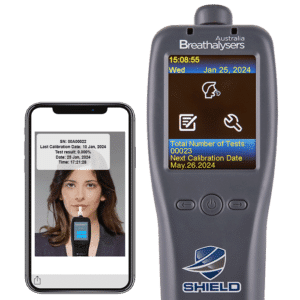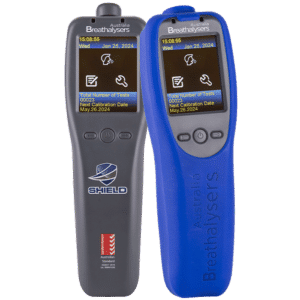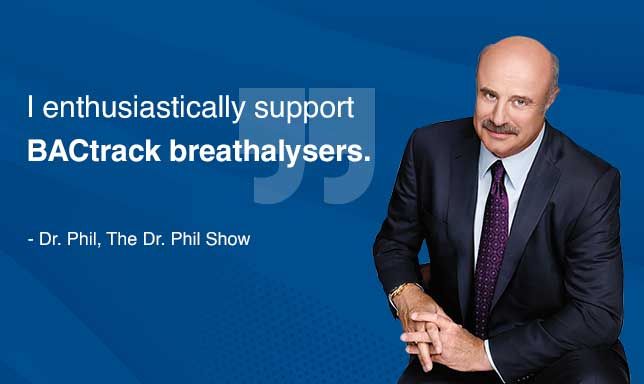
Best Sellers
- Personal
BACtrack Trace Pro Gen2
Rated 0 out of 5$219.97Original price was: $219.97.$189.97Current price is: $189.97.140 ReviewsAdd to cart
Read Customers Reviews
Personal
Enjoy a Drink and Arrive Home Safe:"It takes the worry out of my evening and give s me choices".Workplace
Accountabillity in the workplace:"Our employees respected the safety element it presents".Medical
Certainty in Diagnosis:"Accurate paitent testing is vital for informed diagnosis and treatment".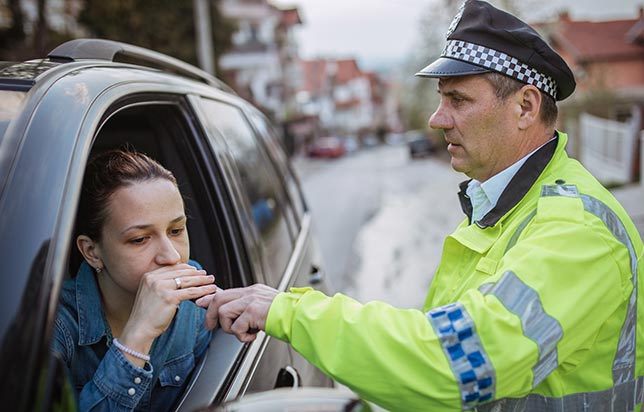
Personal Use
New Zealand’s largest range of personal use
breath alcohol testing equipment
- Superior accuracy
- Peace of mind
- Results in seconds
Workplace Use
- Suitable for all testing environments
- Certified results
- Hygienic

The Ultimate Guide to Breathalysers in NZ
In New Zealand, the use of breathalysers is widespread, particularly in law enforcement. Police officers conduct roadside screening to check the alcohol content of drivers and confirm if they are violating driving laws. Over the years, breathalysers in NZ have played a significant role in managing a person’s alcohol consumption and determining impairment levels. It is a portable device used in measuring Blood Alcohol Concentration (BAC) through the breath. It is non-invasive and delivers quick results.
READ MORE>>There are various ways to measure the BAC. The most accurate method is through blood examination. However, it is intrusive, time-consuming, and costly. The next best procedure is through a breath test. Breathalysers allow convenient BAC checking by blowing into the device. Due to their efficiency, they have become the standard in alcohol testing. This article will provide a comprehensive guide on the main uses of breathalysers, types of devices, their accuracy, and more.
Jump Section
- How Are Breathalysers in NZ Used?
- History of Breathalysers in NZ
- The Basics of Breathalysers in NZ
- Different Types of Breathalysers in NZ
- Understanding the BAC of Breathalysers in NZ
- Breathalysers in NZ for Personal Use
- Breathalysers in NZ and Law Enforcement
- Breathalysers in NZ for Workplace Use
- Implementing a Workplace Alcohol Policy Through Breathalysers in NZ
- How to Choose the Right Breathalyser in NZ
How Are Breathalysers in NZ Used?
Various situations necessitate the use of breathalysers in NZ. They are often utilised in places where safety is paramount, such as highways, hospitals, and workplaces. They estimate the percentage of alcohol in the blood through a breath sample. Therefore, they determine the BAC without needing laboratory procedures. Moreover, their portability makes it easy to monitor blood alcohol levels on the go.
The primary use of a breathalyser is at sobriety checkpoints. Law enforcement officers conduct mandatory or random testing to inspect drivers with possible impairments. For instance, they can ask a motorist to pull over if they notice signs of intoxicated driving. It includes excessive braking and swerving or zigzagging on the road.
Due to stricter road laws, many individuals have also bought personal devices allowing them to check their BAC anytime. It enables them to check their alcohol level to see if they are fit to drive. Hence, it enables them to make informed decisions, such as waiting for their BAC to decline or assign a designated driver.
Main Applications
- Roadside screening – measuring if the BAC levels of drivers are over the alcohol limit. Individuals exceeding the limit are subject to penalties.
- Personal – for monitoring the rapid changes of the BAC during alcohol consumption. Many use it before driving to see if they are below the legal limit.
- Workplace testing – monitoring possible alcohol intoxication in employees during work hours. It is mandatory in high-risk industries.
- Emergency and hospitals- testing alcohol content after an accident. It also helps clinicians assess a patient’s background.
- Treatment centres – regular testing of patients undergoing rehabilitation. It helps detect a return to alcohol use and prevent relapse.
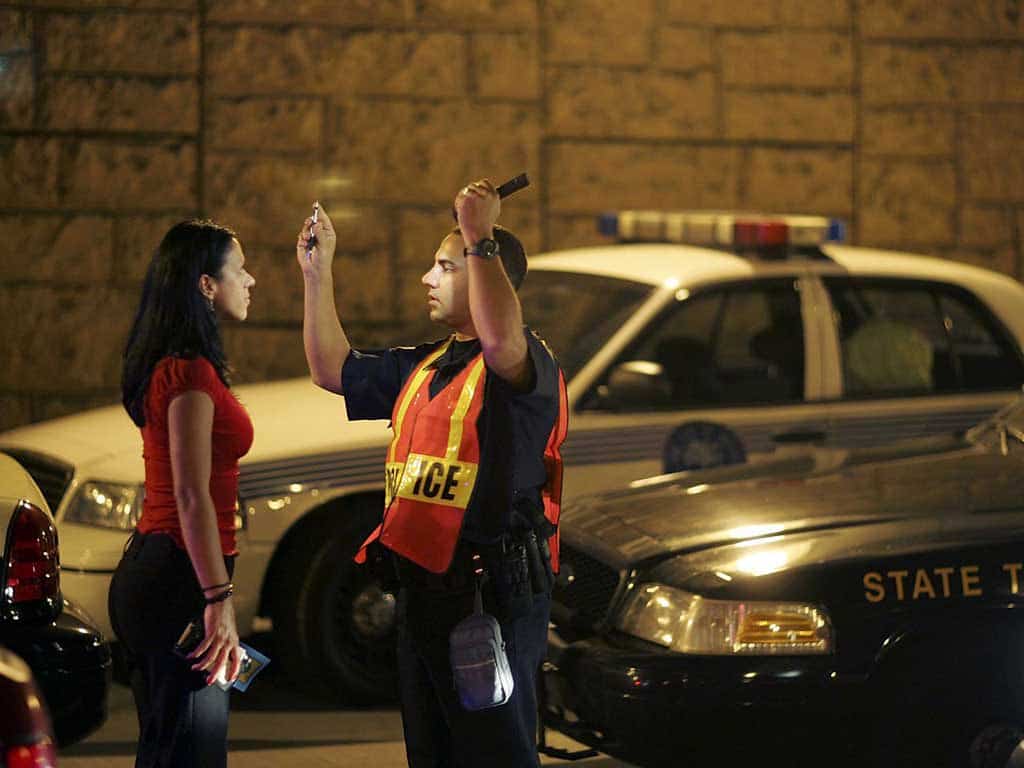
History of Breathalysers in NZ
Alcohol breath testing dates as far back as the 18th century, when scientists noted that alcohol could be excreted in the breath. Further studies also show the ratio of alcohol in the breath to the amount of alcohol in the blood. This has become the basis of the first alcohol breath testers.
The development of breathalysers continued through the 1920s when chemicals in equipment would change colours if they reacted to alcohol. The early models were large and cumbersome and required a significant amount of training to use effectively. Over the years, breathalysers become smaller and were designed so police officers can use them for roadside testing.
Before breathalysers in NZ were introduced, determining a person’s intoxication level was challenging, especially for law enforcement. They rely on sobriety field tests to see if a person is heavily impaired, such as vision and balance tests. The first handheld devices became available in the 1960s, allowing police officers to evaluate a person’s alcohol concentration objectively.
In Modern Times
Breathalyser technology has become more sophisticated, with digital models now available. They are more compact with easy-to-use functions, enabling breath tests and receiving the results in seconds. In addition, today’s breathalysers use advanced technology, providing more accurate and reliable readings. It has also become more accessible not just for law enforcement but also for individual use.
Newer models also incorporate more functions like wireless technology for more efficient use. Devices like the BACtrack Mobile Pro have Bluetooth capability to connect to smartphones remotely. Moreover, advanced breathalysers like SHIELD Express Identity have photo verification and downloadable data for record keeping.
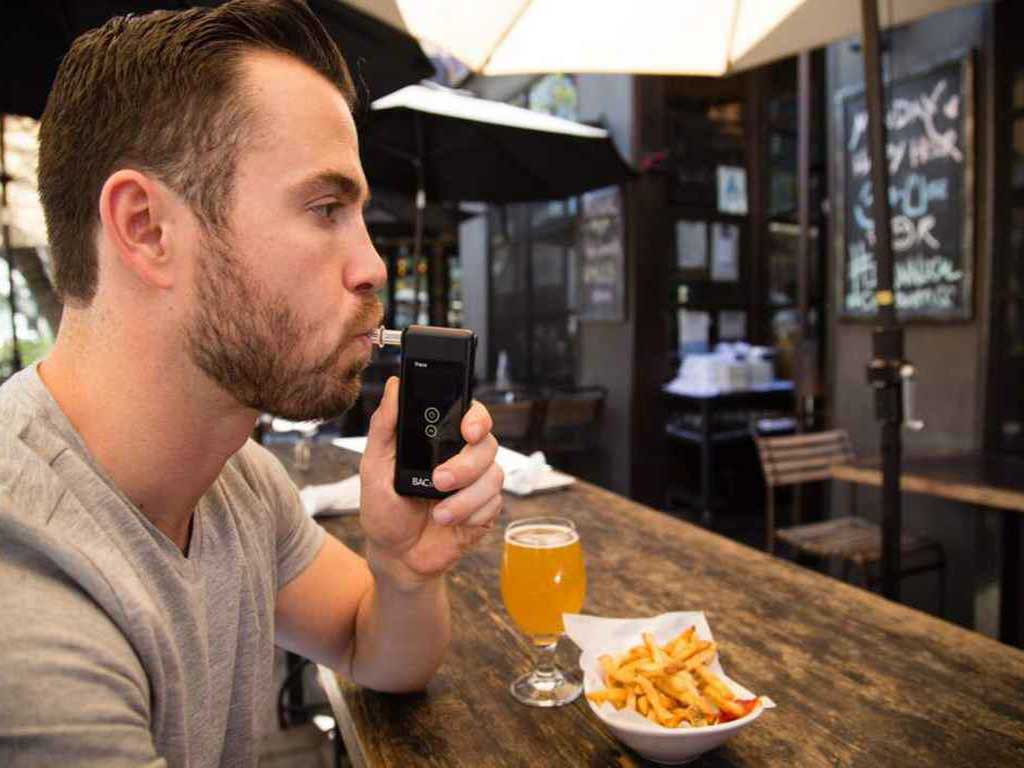
The Basics of Breathalysers in NZ
A breathalyser is a battery-operated unit utilising sensor technology to estimate the BAC or amount of alcohol in the system. Measuring the BAC relies on how the body processes alcohol after ingestion. Once it enters the stomach, a portion of alcohol absorbs into the bloodstream and distribute to different organs, including the lungs.
It takes approximately 15 to 20 minutes for alcohol to reach the lungs and mix with the alveoli or deep lung air. Since alcohol is a volatile substance, it rapidly vaporises and exits the body through exhalation. Therefore, waiting at least 15 minutes after drinking or eating is essential to ensure the breathalyser captures the exact air sample.
Furthermore, breathalysers use the partition ratio of 2100:0. This relationship indicates that there is 2100 times alcohol in the blood to the amount of alcohol in the breath. Thus, professional settings use breathalysers in NZ as a non-invasive way to determine the BAC. Advanced technologies also improve their accuracy to give reliable results.
How Do They Work?
Breathalysers capture the sample breath through the mouthpiece and send it to the sensors. When alcohol is present, the sensors undergo a chemical reaction process and produce small electrical currents. The number of currents is proportional to the amount of alcohol in the blood. The output is called Breath Alcohol Content (BrAC).
Alcohol testers convert the BrAC into the BAC based on the blood-to-breath ratio. In most cases, BAC is the standard unit for measuring alcohol content. It displays the results in percentage for easier reading. Moreover, the process only takes approximately 10 to 15 seconds to complete. Thus, it gives real-time BAC updates.
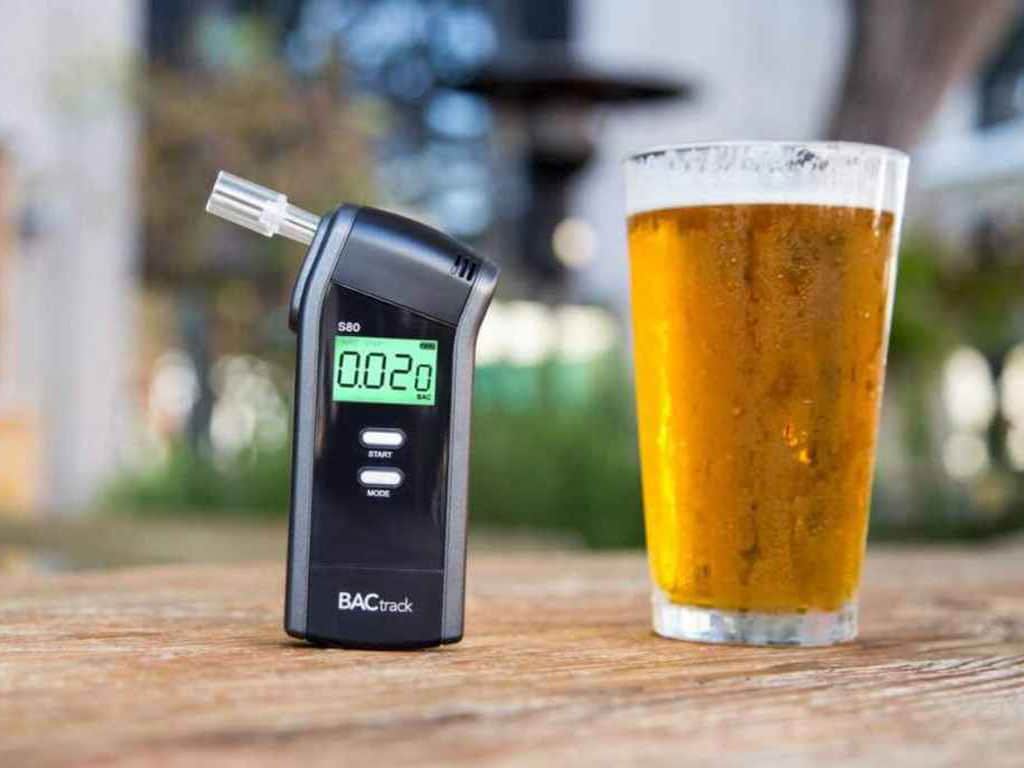
Different Types of Breathalysers in NZ
Breathalysers come in different types based on their sensors or application. The first is the semiconductor breathalyser. It uses a tin dioxide substance to measure the resistance in the sensor. The cost of the sensors is the most affordable among other technologies. Thus, many personal devices use semiconductor sensors.
The second type is the fuel cell sensor. This technology uses two platinum electrodes separated by an electrolyte material. Hence, this breathalyser is costlier due to the higher price of platinum sensors. However, they give more reliable readings than semiconductor breathalysers. Handheld police breathalysers in NZ use this sensor technology.
The last type is an infrared spectrometer. While semiconductor and fuel cell sensors rely on chemical reaction processes, this device detects alcohol using infrared radiation. It is larger than the typical breathalyser and the most expensive one. Due to its size and price, it is primarily accessible in police stations. It gives evidential breath testing to individuals who failed the preliminary screening. The result of this device can be used in court.
A Look At Their Accuracy
The accuracy and performance of a breathalyser depend on the type of sensors, namely:
- Semiconductor sensors – although cheaper, they are reactive to gases similar to ethyl alcohol. Hence, the presence of other substances in the breath may affect the breathalyser reading. For example, using mouthwash before the test may yield false positives.
- Fuel cell sensor – specific to ethanol. It does not react to other compounds like acetone. Thus, it gives more reliable BAC results.
- Infrared spectrometer – measures alcohol molecules using an infrared beam based on how it absorbs light. It provides the highest accuracy in breath testers.
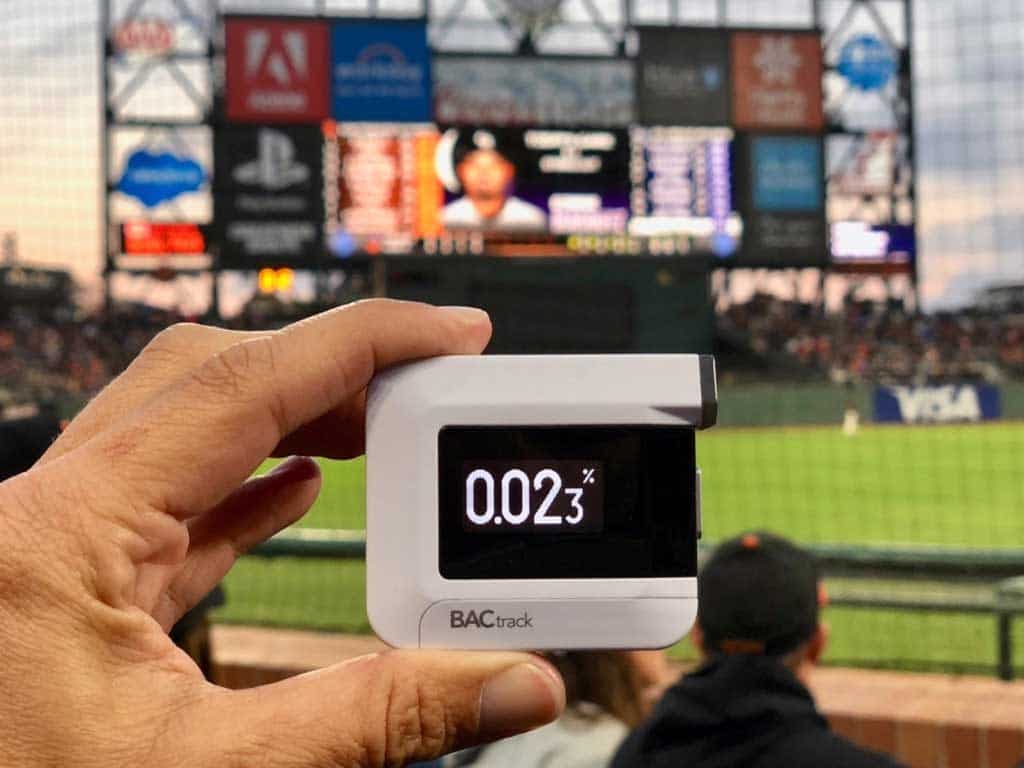
Understanding the BAC of Breathalysers in NZ
The BAC directly indicates a person’s intoxication level. The more you consume alcohol, the higher the BAC will be. Therefore, it is vital to understand what each level means and its implications to help make informed decisions. Most breathalysers in NZ display the results in percentage. For example, 0.05% BAC equals 50mg or 0.05g of alcohol per 100 ml of blood.
Several factors influence the increase of BAC. It includes the type of drink and its alcohol concentration, and the rate of consumption. Drinking huge amounts of alcohol in a short period of time could cause impairments faster. In addition, a person’s body composition contributes to how fast alcohol levels change. It includes age, gender, weight, fat content, water and food intake, metabolism, and tolerance.
Another reason for getting a high BAC is the interaction of alcohol with medicines. It can intensify the side effects of medications, which include drowsiness and lightheadedness. Consequently, it poses safety risks in driving or operating machinery. Furthermore, it takes one hour for alcohol to peak in the body and declines steadily after.
Interpreting the BAC Results
The severity of impairment depends on the blood alcohol levels. A 0.02% BAC and below may indicate elevated mood and relaxation. A BAC of 0.03-0.05% may have lowered alertness and slight impairment in judgement. Some may also experience slower reflexes. Additionally, 0.06-0.08% have reduced coordination and impaired vision, hearing, and perception.
Higher levels of 0.10-0.15% have significant impairment in judgement, speech, and reaction time. It is difficult to discern danger signs on the road. The person may also start to feel nausea and loss of balance and control. Moreover, 0.16-0.40% BAC may experience mental confusion, vomiting, sleepiness, and loss of consciousness.
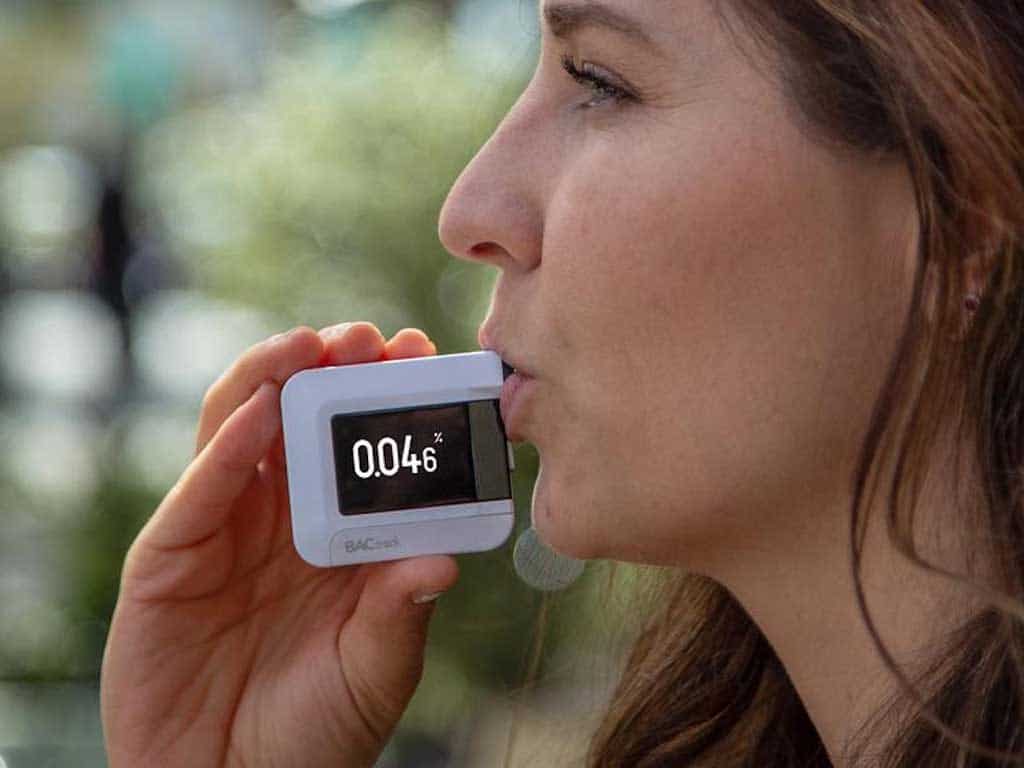
Breathalysers in NZ for Personal Use
Due to the hazards of excessive alcohol use, many people get breathalysers in NZ to help them manage their intake. Modern compact devices are now more affordable for personal use than in the past. Hence, individuals have access to reliable devices for checking their alcohol levels. In addition, a wide range of devices that offer different styles and features are available.
People may get personal breathalysers with semiconductor or fuel cell sensors. As stated above, semiconductor alcohol testers are inexpensive. They are ideal for individuals who consume alcohol occasionally. They are suitable for low-volume use or home alcohol screening. For instance, parents may use them to check if family members have consumed alcohol after going out.
On the other hand, fuel cell breathalysers are also ideal for personal use. They give more precise BAC results because they are not subject to interference from other substances. People who rely on accuracy may get this type. It includes those who need to drive or who work in safety-critical industries.
Benefits of Personal Breathalysers
Personal breathalysers offer numerous benefits. Firstly, it helps individuals monitor their intake and prevent their BAC from reaching hazardous levels. Secondly, it gives an objective assessment of one’s impairment instead of relying on guess estimates. People can make informed decisions and it minimises the false sense of security in driving.
As a result of knowing their intoxication level, people can deter getting behind the wheel while they have high BAC. It also avoids the hazards of drink driving, including road accidents and legal charges. Lastly, it is cost-effective. It is easy to use without requiring laboratory procedures. Overall, it promotes accountability and better alcohol awareness.
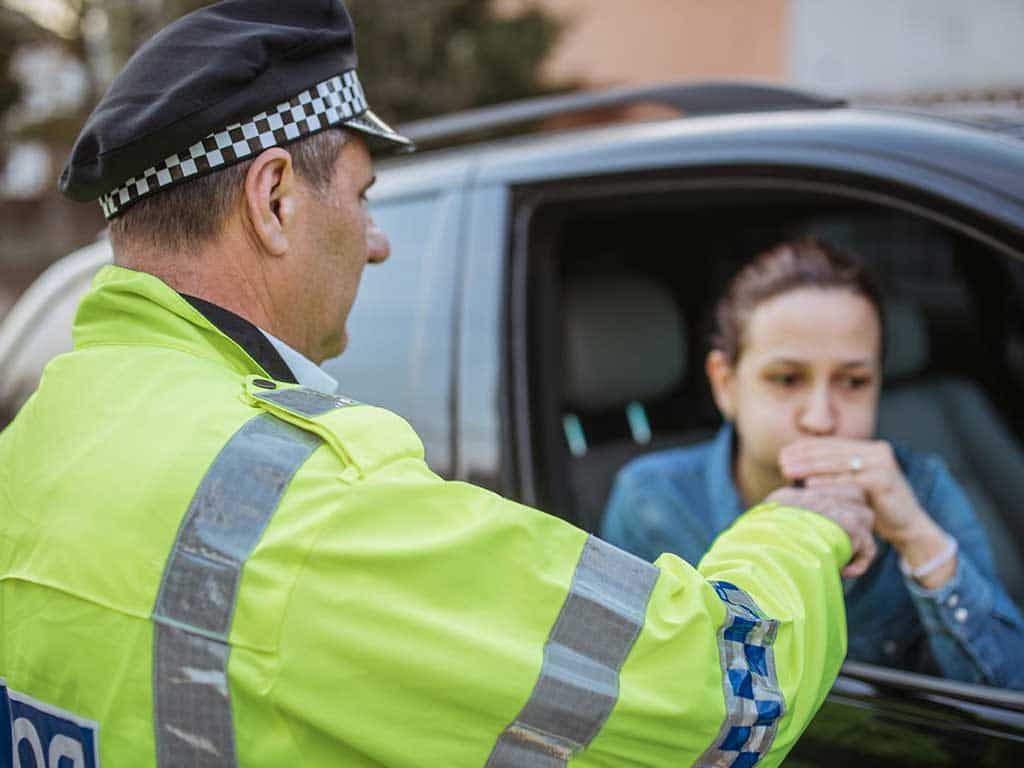
Breathalysers in NZ and Law Enforcement
Breathalysers play an important role in public safety. Law enforcement uses breathalysers in NZ to detect and determine the BAC of drivers suspected of driving under the influence of alcohol. Under the Land Transport Act 1998, a person must not operate a vehicle with a BAC of 0.05%, the general alcohol limit. However, people under 20 years old and holding an alcohol interlock license must maintain a 0.0% alcohol while driving.
Law enforcement conducts roadside breath screening using a handheld device at various checkpoints. An officer asks drivers to blow into the breathalyser to know their alcohol level. Additionally, they may also ask a motorist to pull over if they have a reason to believe a person is driving impaired. If the BAC results exceed the legal limit, the person is subject to evidential testing.
A failed preliminary screening requires a person to take further tests at a police station or a mobile laboratory. An evidential breath test is considered final and can be used in court for drink driving violations.
Penalties for Drink Driving in NZ
The penalties for driving violations related to alcohol depend on age, BAC amount and whether it is a first or repeat offence.
- License suspension: disqualification of three months to more than one year
- Fines: people under 20 years old may get up to $2250, while those over 20 may get up to $6000 for repeat violations
- Imprisonment: people under 20 years old may get up to three months of jail time, while those 20 and above may get three months to two years
- Alcohol interlock: high-range drink driving, including a zero alcohol limit and an interlock device installed in the vehicle
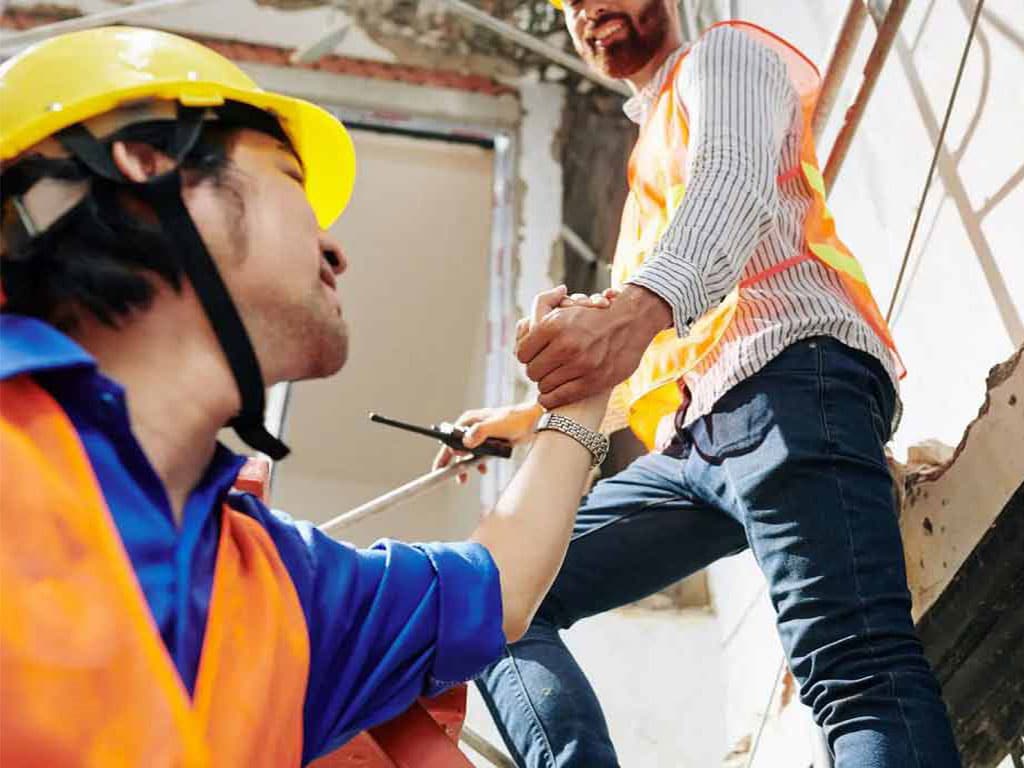
Breathalysers in NZ for Workplace Use
Alcohol impairment also affects many workplaces. It is one of the contributing reasons for occupational accidents and injuries. Frequent incidents also lead to high expenses and low productivity. Therefore, many employers use breathalysers in NZ workplaces. Particularly, the law mandates high-risk sectors to execute regular testing as a standard safety requirement.
Industries like mining, logging, construction, and transportation implement zero-tolerance policies as a preventive measure. Companies may conduct scheduled or random alcohol testing to monitor employees’ alcohol levels. In addition, there are various programs to carry out a breath test. The most common situations are pre-employment, post-incident, pre-access, reasonable suspicion, and return to duty.
Pre-employment is standard for jobs with safety-sensitive nature. It helps employers hire the right people for the job. Likewise, it is imperative to test substances after an accident or near-miss. This is to confirm if alcohol is a factor that led to the incident. Moreover, random tests aim to deter misuse, and for-cause testing is for an individual who displays noticeable signs of impairment. Lastly, return-to-duty testing is for an employee going back to work after a leave of absence.
Benefits of Workplace Breathalysers
Workplace breathalysers can help ensure the safety of employees and others by detecting alcohol impairments before untoward incidents can occur. This is critical in industries involving heights or the operation of heavy machinery or driving. It also helps deter employees from drinking on the job or coming to work under the influence.
Ensuring the workforce is sober and healthy can improve productivity and reduce absenteeism. It also reduces costs due to lower hospitalisation expenses. Likewise, workplace breathalysers help employers comply with health and safety regulations and avoid legal penalties. Overall, it helps foster a safer and more productive working environment.

Implementing a Workplace Alcohol Policy Through Breathalysers in NZ
Implementing a workplace alcohol policy is vital before carrying out employee testing. This helps companies set specific and clear regulations that adhere to the safety requirements of the industry. Through a policy, employees know when to expect testing or the conditions to test. It also specifies the methods of alcohol detection, such as breathalysers in NZ, as the common procedure.
A safety program often includes prohibiting employees from working with alcohol content in their system. It also involves not allowing to drink during work hours or at work premises. Before implementing this, new workers must agree to it in their employment agreement. Therefore, companies prepare a consent form for employees to sign before administering any test.
Included in a workplace policy are the consequences when a person fails an alcohol screening. If a breathalyser detects alcohol, the management may require a confirmation test via urine or blood sampling through a laboratory examination. If the final result is positive, the concerned employee may face sanctions, such as suspension or termination in extreme cases.
Workplace Testing Standards in NZ
Most workplaces use breath testing as the standard method of alcohol detection. It is the most convenient and cost-effective method for determining employee impairment. Moreover, breathalysers are non-invasive and have the fastest turnaround time among other procedures. These devices are also portable, making them easy to carry and use in remote locations.
It is imperative that companies use an accredited device to ensure valid and reliable results. Workplace breathalysers must adhere to AS3547:2019, which certifies that the unit has passed the international standards of an effective breath screening device. It also includes how often to recalibrate the device to maintain high performance.
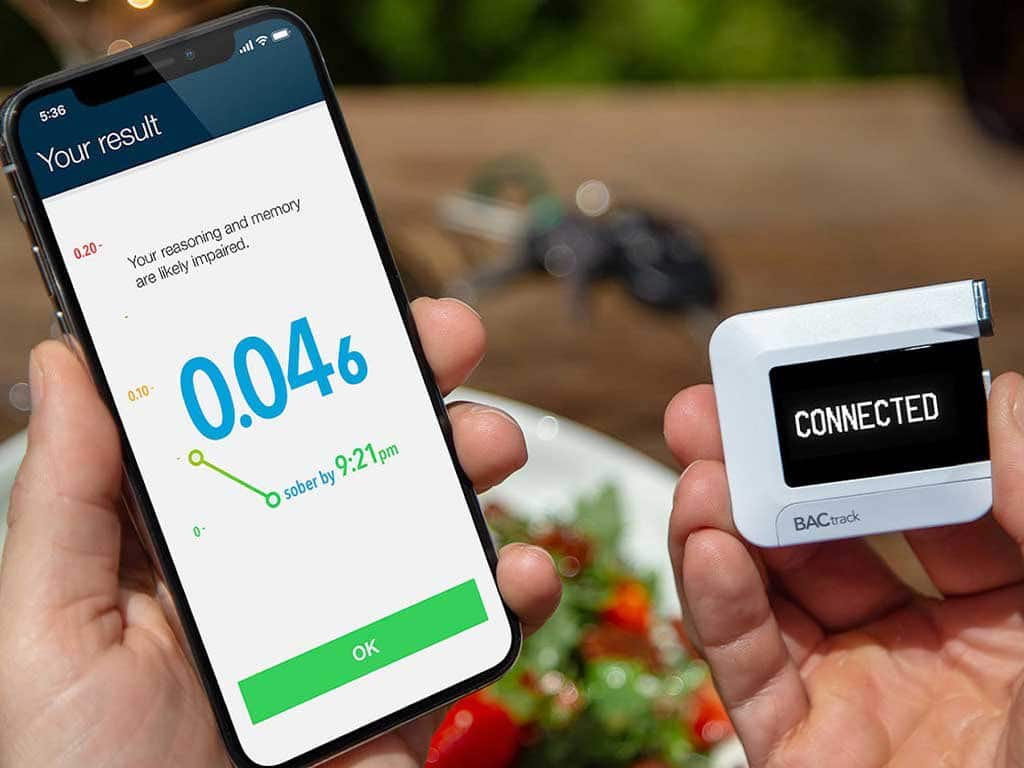
How to Choose the Right Breathalyser in NZ
Choosing a breathalyser can be challenging as there are many kinds and styles in the market. However, it is manageable once you know what aspects to prioritise. Considering these key factors can help make the selection easier. Firstly, determine the primary purpose of the device. Is it for personal or professional use? How often do you need to use it?
Secondly, consider the accuracy and reliability of the device. Those who need highly-accurate devices may opt for fuel cell breathalysers. These devices should also match the costs for the functions that you need. In addition, ease of use can be crucial when you need to check the BAC immediately. A one-touch operation enables breath testing in seconds.
Finally, determine if you need to use a breathalyser in NZ with government accreditation. Not all alcohol testers need to be certified. However, a device with FDA approval or AS/NZ standards proves that it meets the necessary requirements. Taking these factors into account helps you pick the most suitable breathalyser for your needs.
Best Breathalysers to Buy
You may buy a breathalyser based on the following general classifications or styles:
- Personal – compact devices from keychain breathalysers like BACtrack Go to more professional ranges like BACtrack S80 Pro, Trace Pro, and Scout.
- Smartphone – the BACtrack C6, C8 and Mobile Pro have Bluetooth connectivity to pair with a smartphone. The app can receive the BAC results directly. It also features tracking and sobriety monitoring, estimating when the alcohol level will return to 0.00%
- Workplace – The BACtrack Gen2 series and SHEILD Express Identity and Touch utilise the highest grade in fuel cell sensor technology.
Conclusion
Breathalysers in NZ play a crucial role in maintaining health and safety in society. They are small device testing devices to measure a person’s alcohol content or BAC through a breath sample. Law enforcement primarily uses it to monitor individuals who might be driving under the influence of alcohol. Thus, it prevents road hazards, including vehicular accidents and injuries. Due to strict drink driving laws, regular consumers also get breathalysers for personal monitoring.
The availability of personal breathalysers has significantly minimised road accidents due to increased alcohol awareness. Furthermore, it is also vital in workplaces with safety-sensitive nature. Employees implement regular alcohol screening to detect current intoxication and prevent potential mishaps. Likewise, it deters alcohol abuse and promotes safer practices. In conclusion, breathalysers can be effective tools for more responsible alcohol consumption and driving. However, it does not guarantee safety from impairment. Therefore, proper use and decision-making are important.









